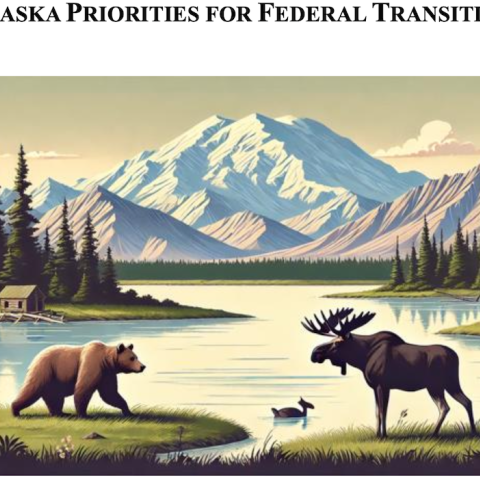
A gravel airstrip along the Charley River is back in business thanks to some great volunteers with strong backs/NPS photo of Charley River near Gelvin's
A gravel airstrip within Yukon-Charley Rivers National Preserve in Alaska that's been unusable since August 2013 is back in business thanks to work by volunteers and National Park Service staff.
The crews spent 10 days in mid-June moving more than 200,000 pounds of rock from the gravel bars of the Charley River in the effort to successfully rehabilitate the airstrip near Gelvin’s cabin. Located on the Charley River approximately 35 air miles from the confluence with the Yukon River, the airstrip had been unusable since 2013, when a flood washed out multiple sections of the runway.
The end result of this monumental effort is an estimated 700 feet of usable landing area for fixed-wing aircraft. This airstrip will allow recreational floaters and hunters with personal aircraft or those transported by air carriers authorized to conduct business in the preserve to more easily access the Charley River. As with any backcountry airstrip, a pilot takes on the risk of landing.
Prior to 2013, the bush strip was a popular launch site for recreational floaters and hunters because the water level is generally higher below the site, making it suitable for larger rafts. Approximately 100 visitors floated the Charley annually, but that number declined due to the unavailability of the Gelvin’s airstrip. The 3 Finger Charley bush strip provided access upriver, but only smaller rafts could float that shallower section.
The NPS conducted a feasibility study during the summer of 2014 to determine if the landing strip could be relocated to higher terrain, but a suitable site was not located. An attempt to utilize a fire crew to do rehabilitation in 2016 was thwarted by lack of funding.
This spring, Larry Bartlett, chair of Alaska Backcountry Hunters and Anglers, approached the National Park Service to see if the organization could provide assistance. During the planning stage additional people expressed interest, including Ron Davis, a recreational boater from Fairbanks who volunteered to be the camp cook.
An Eagle-based park ranger led the project, which posed many logistical challenges due to the remoteness of the site and the amount of gravel that needed to be moved by hand, with some short hauls facilitated by the helicopter. NPS maintenance staff, fire crew members and others flew in from Coal Creek Camp for a day or two, but the majority of the work was done by volunteers Bartlett and Davis and two NPS employees. Others had planned to assist, but could not because of the time commitment.


 Support Essential Coverage of Essential Places
Support Essential Coverage of Essential Places







Add comment